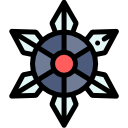Bringing Nordic Patterns into Healing Spaces
Why Nordic Patterns Soothe the Mind
Soft chevrons, understated grids, and the classic eight-point star create rhythms our brains can easily map. Predictable repetition lowers cognitive load, helping anxious clients settle. When patterns whisper rather than shout, attention shifts inward, making reflective work feel safer and more accessible.
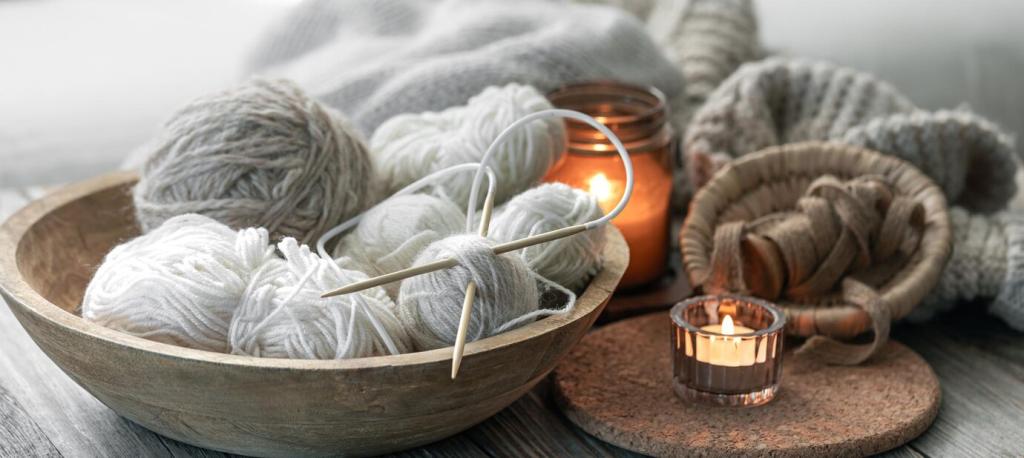
Palette and Materials for Therapy Rooms
Start with warm white or clay walls, then add charcoal or slate accents through patterned cushions or a modest rug border. The contrast should be gentle, not stark, allowing clients’ nervous systems to rest. Share your favorite neutral pairs, and we’ll feature them in future posts.
Iconic Motifs, Clinically Reimagined
Traditionally bold, the star can be translated into pale greys or soft blues on a cushion or wall print. Small-scale repetition calms more than one oversized emblem. Clients often remark on feeling held by the steady rhythm, without being distracted during sensitive dialogue.
Iconic Motifs, Clinically Reimagined
Fine stripes and small chevrons add a sense of forward motion—useful in sessions focusing on goals and progress. Keep spacing even and color contrast low. A narrow chevron border on a rug can cue direction toward a seating area, gently guiding flow without signage.
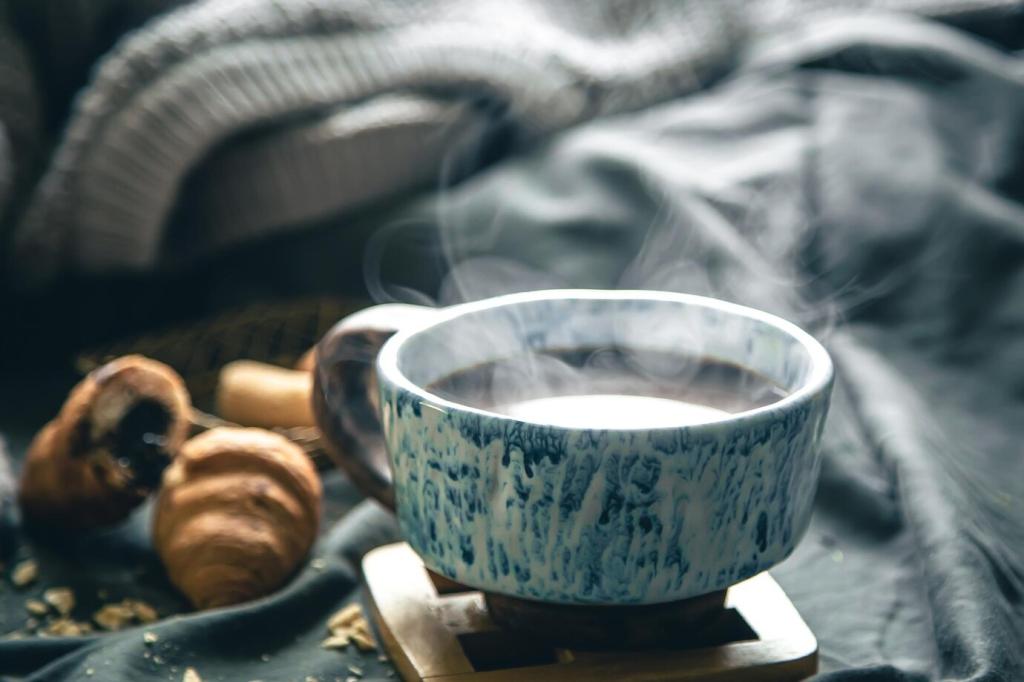
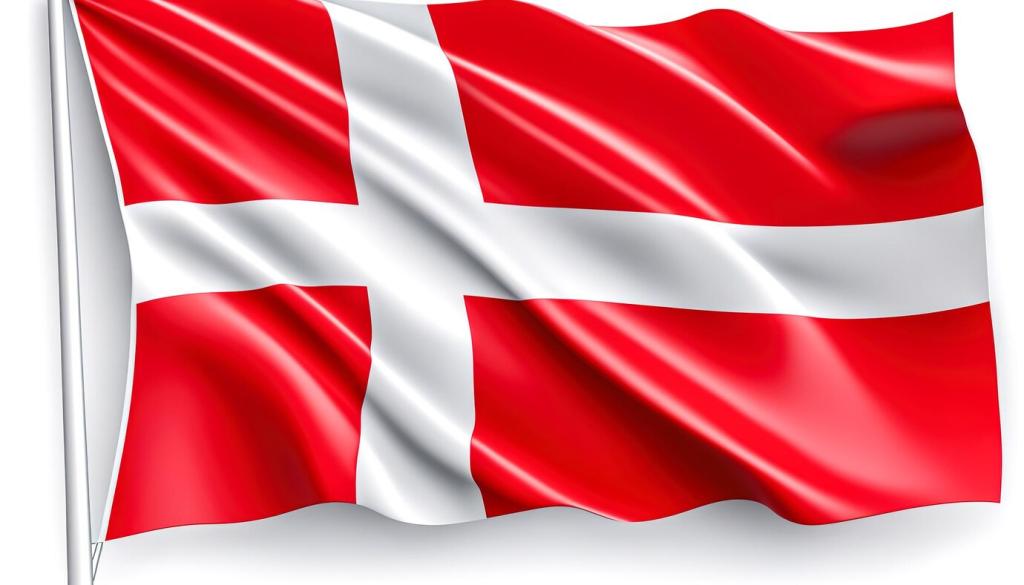
Layout and Flow: Pattern as a Quiet Guide
Place a subtly patterned rug beneath the client seating area to ground conversation. A plain rug under the clinician’s chair stabilizes focus. Patterned curtains can demarcate a quiet corner for decompression. Tell us how you zone your room, and we’ll share reader sketches next month.
Layout and Flow: Pattern as a Quiet Guide
For every patterned item, offer adjacent calm: a blank wall, a smooth tabletop, an unadorned chair. This push-pull keeps eyes from overworking. Consider a single statement cushion, then echo its motif once more at a smaller scale to create cohesion without clutter.
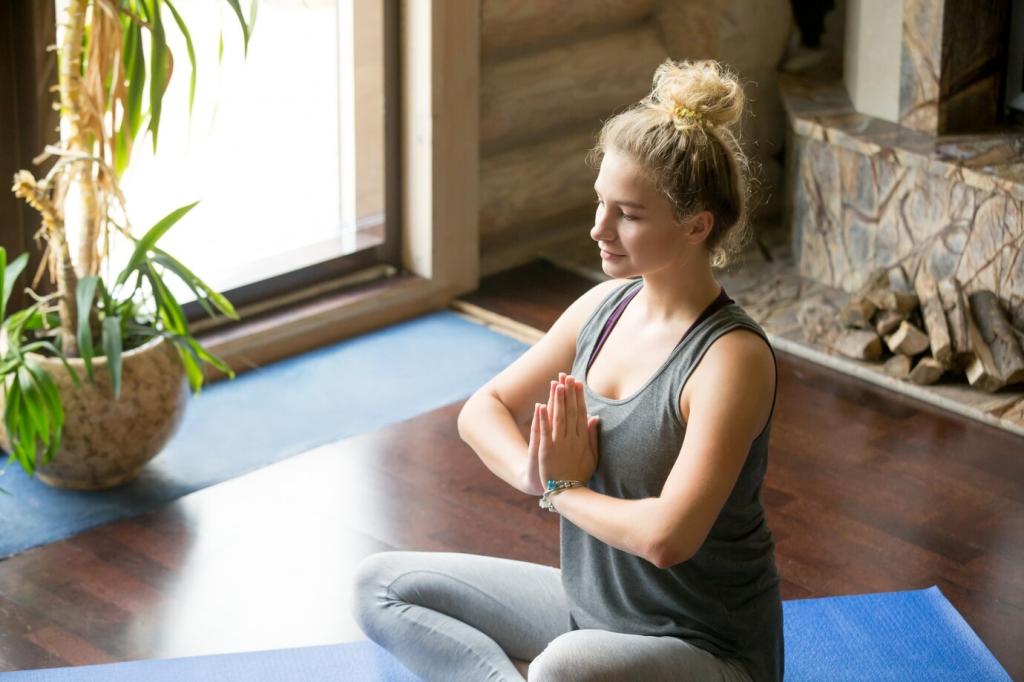
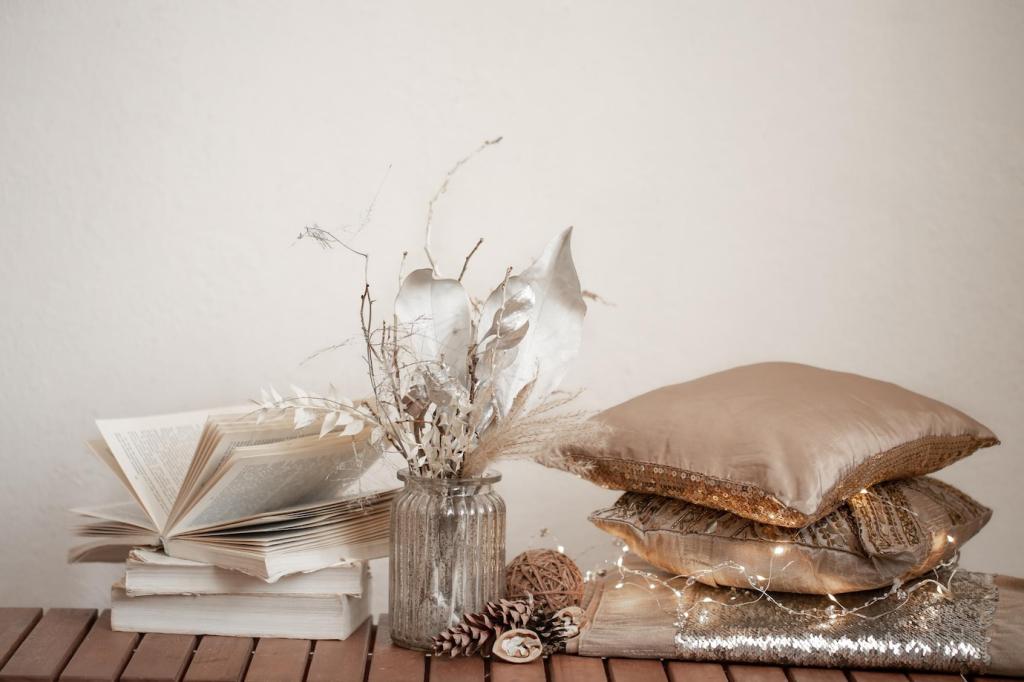
Week 1: Establishing a Calm Base
Walls shifted from icy white to warm off-white. A birch side table arrived, along with linen curtains bearing a faint grid. Clients immediately noted, “It feels softer in here.” The clinician asked for comments in session notes to track sensory impressions over time.
Week 3: Introducing Pattern for Grounding
A low-contrast star motif appeared on two cushions; a narrow chevron stripe defined the rug’s border. One client dealing with panic said the repeated shapes felt like “a breathing pattern.” The team adjusted scale until the motifs supported focus without pulling attention away.
Week 6: Outcomes and Reflections
Cancellations fell, and clients reported arriving earlier. The clinician noted smoother session transitions and fewer start-of-session fidgets. While many factors contribute to therapeutic progress, environment matters. Share your before-and-after photos; we’ll compile a community gallery to inspire mindful updates.

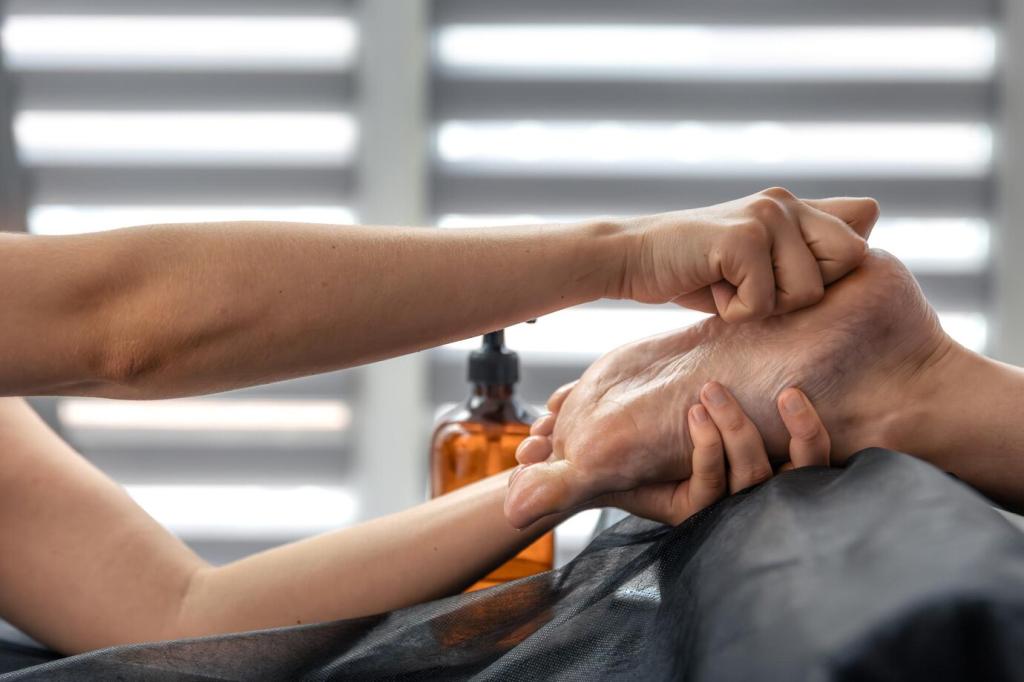
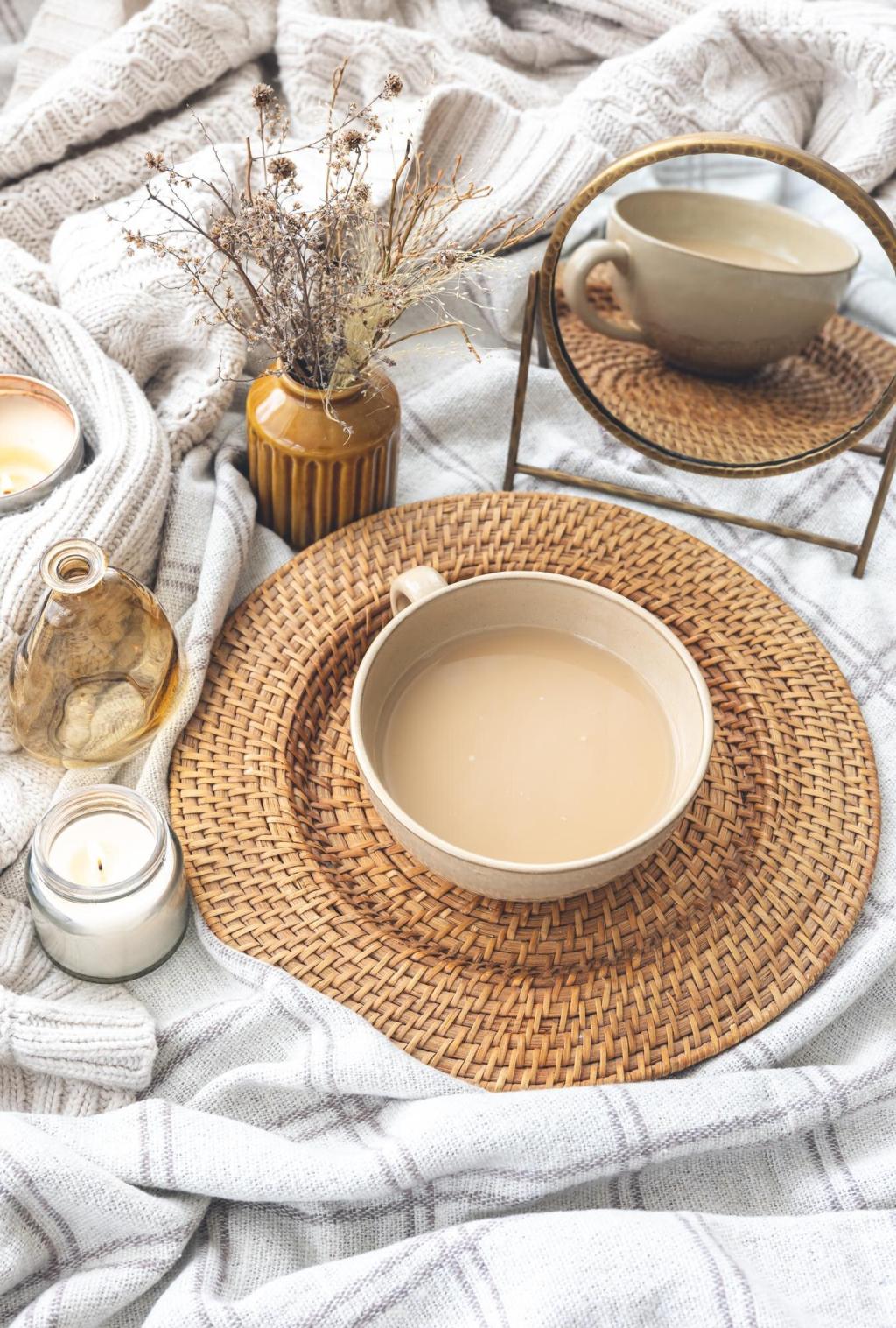
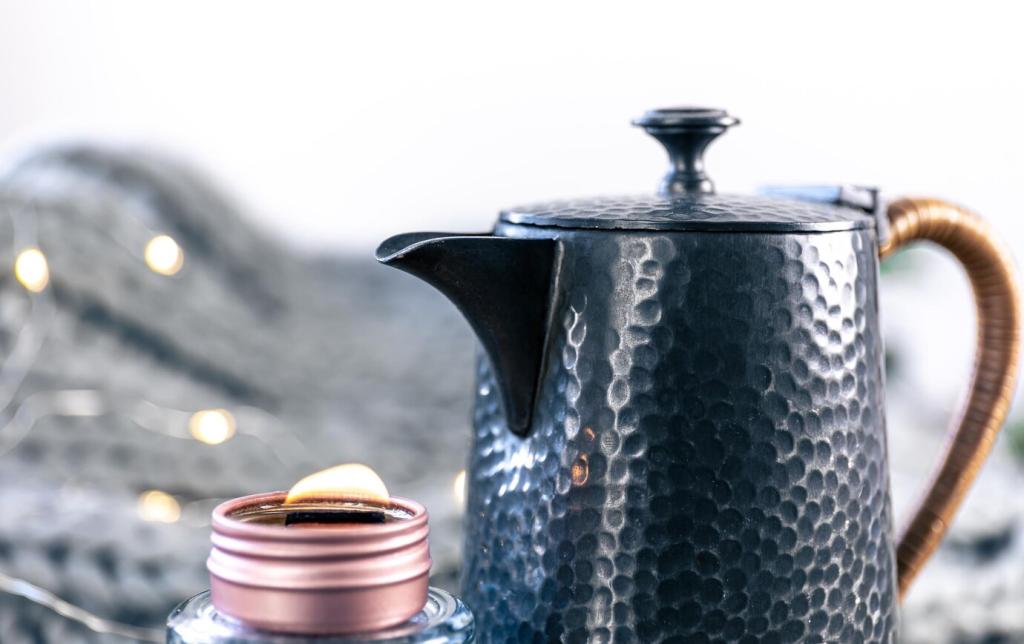
Co-Creation with Clients
Offer a simple choice between two pattern samples at intake—both calming, both ethical. This small decision can build agency. Track preferences over a month and adjust. Tell us what clients choose most often, and we’ll share aggregated trends to guide future selections.
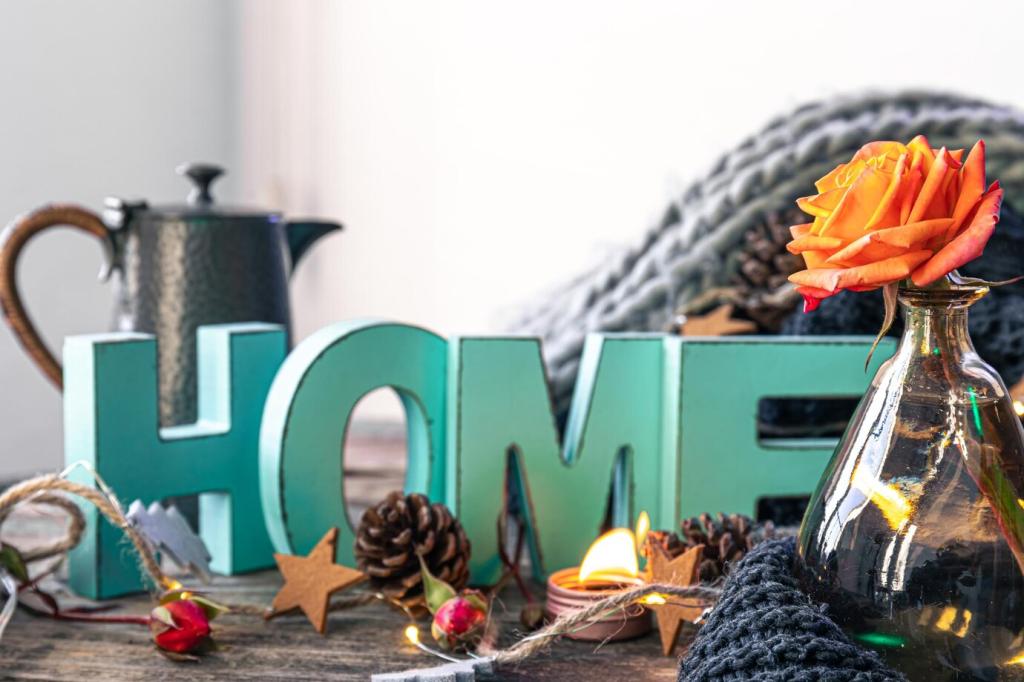
Share Your Room with Peers
Post a photo or sketch of your Nordic-pattern update and describe one client response. Peers learn from context and nuance, not just aesthetics. Add questions, and we’ll crowdsource, then publish thoughtful, trauma-informed suggestions from clinicians across practice settings.

Subscribe for Templates and Guides
Join our newsletter for printable pattern scale guides, palette swatches, and sample room layouts optimized for therapy. We also share interviews with makers and clinicians. Reply with topics you want covered next—your questions shape our upcoming research and articles.
